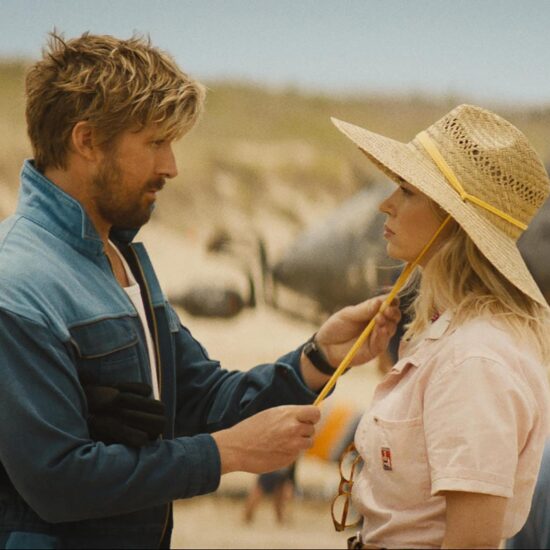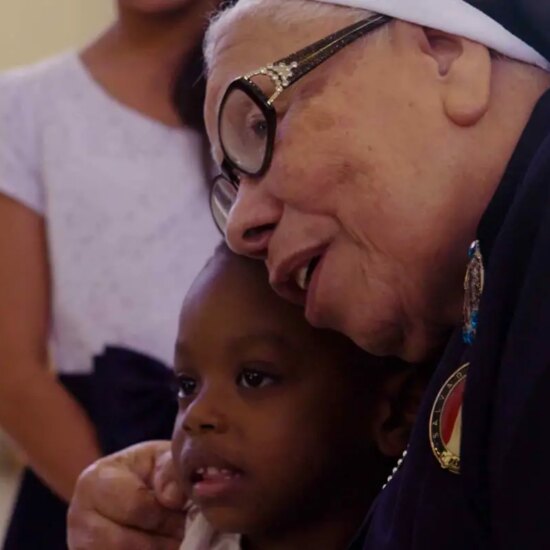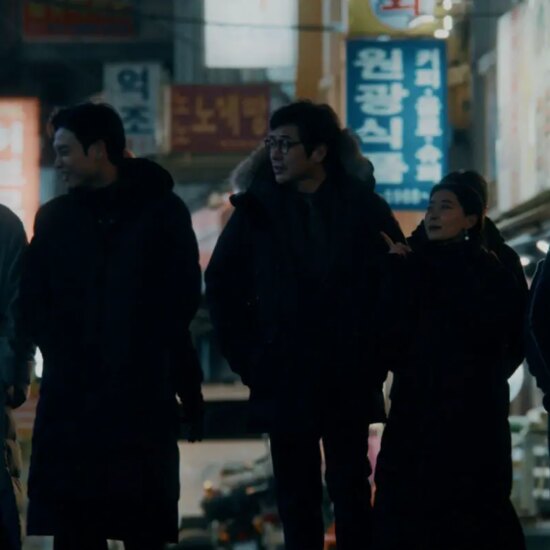
Pearl is horror auteur Ti West’s surprise sequel to his successful feature X, having begun production as soon as the other was completed. The film is set some 60 years before the events of the first, during the height of the Great Influenza Pandemic in 1918, just before The Great War ended. Much like how the writer-director aped the grungy, dirty look and style of low-budget 70s fare for X, here he takes great pains to mimic the style and production design of the “golden age of Hollywood.” Are West and co-writer/star Mia Goth able to strike lighting twice in the same year? (Yes, the two were released a mere seven months or so apart from each other).
Pearl (Mia Goth) is not content with her Texas farm life. Her German mother, Ruth (Tandi Wright), controls almost every aspect of Pearl’s life, not understanding how a roof over her head and food on the table isn’t enough. Pearl is much closer to her father (Matthew Sunderland). Instead, she was until the H1N1 virus caused him to become a barely living husk, unable to move. With Howard (Alistar Sewell), Pearl’s husband, off fighting in World War I, she feels she can’t live for herself.
“…as the young woman gets more desperate to live her life her way, her dark side takes over, which leads to murderous mayhem.”
These feelings well up in Pearl until she unleashes them in a deadly volley of violence, usually upon small animals such as geese, which she then feeds to her pet crocodile. Though, two bright lights enter her life around the same time. Firstly, Pearl meets the cinema house’s hunky projectionist (David Corenswet), who takes an instant liking to her and her passion for dance. Secondly, her sister-in-law Mitsy (Emma Jenkins-Purro) tells her of an upcoming dance audition. Of course, Ruth would never let Pearl go, so as the young woman gets more desperate to live her life her way, her dark side takes over, which leads to murderous mayhem.
X received a 9 out of 10 from me on this very site. For as good as that movie is, Pearl blows it out of the water in every conceivable way. There’s something about the Cinemascope cinematography and Technicolor vibrancy to everything that feels warm and inviting. Thus, when Pearl begins her killing spree, it is startling in unexpected yet glorious ways. The opening shot starts in a barn with sweeping, romantic music playing. The camera pushes forward, and the doors slide open, revealing bright blues, popping reds, and greener than green grass. If one didn’t know any better, one wouldn’t expect a slasher from the beginning.
Furthering the unexpected foray into horror is the brilliantly acted scene where Pearl and the Projectionist flirt. If someone caught the film right as she knocked on the theater’s side door, they wouldn’t know this is a genre offering. And therein lies the sheer perfection of craft West brings to the table. In style, execution, look, and feel, this is a golden age title. This makes the shocking, brutal deaths even moreso, furthering the themes of how our desires and our dark halves rub up against each other.














